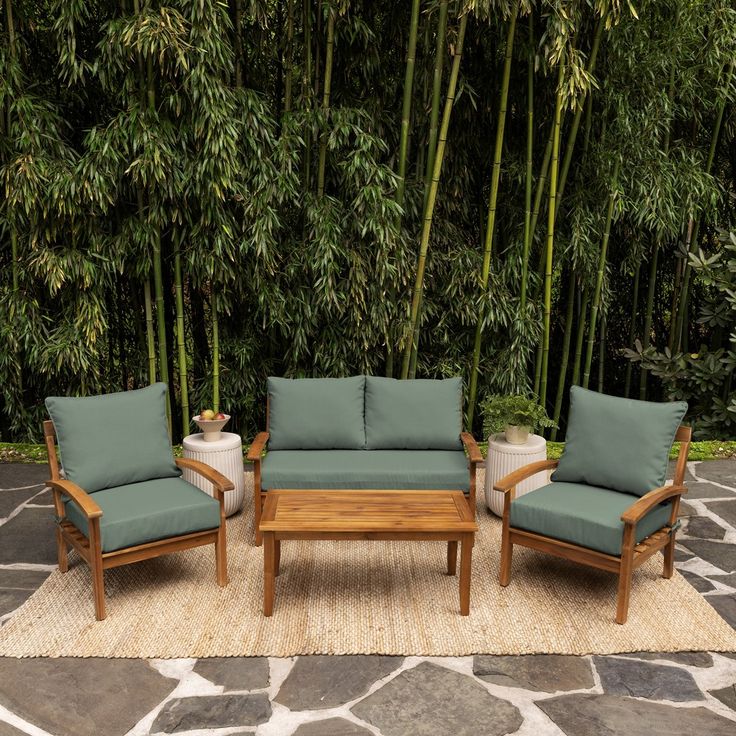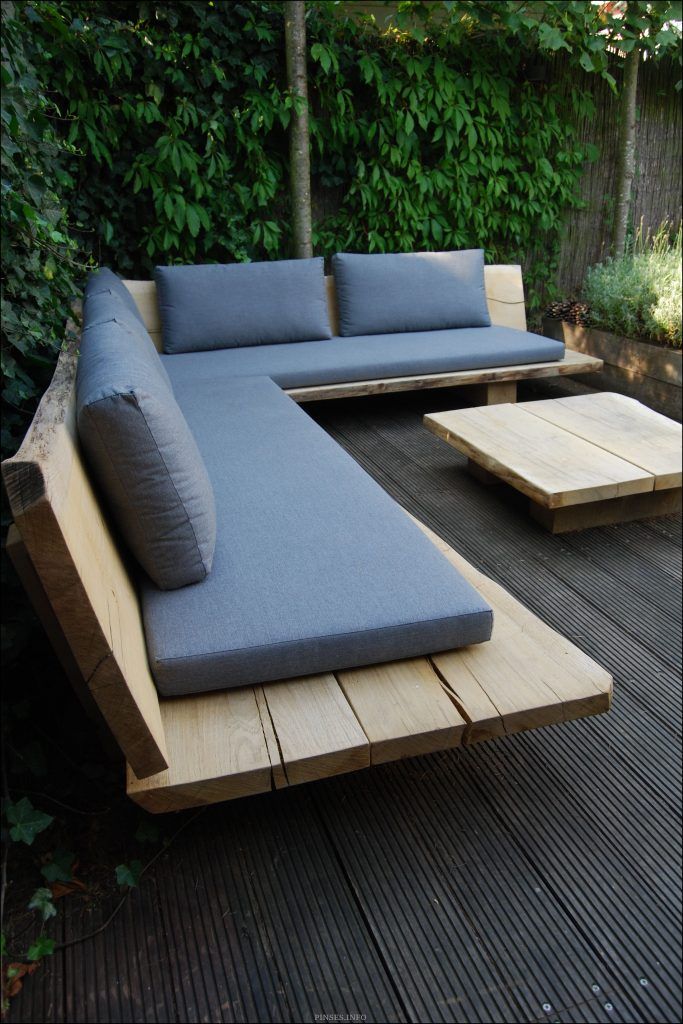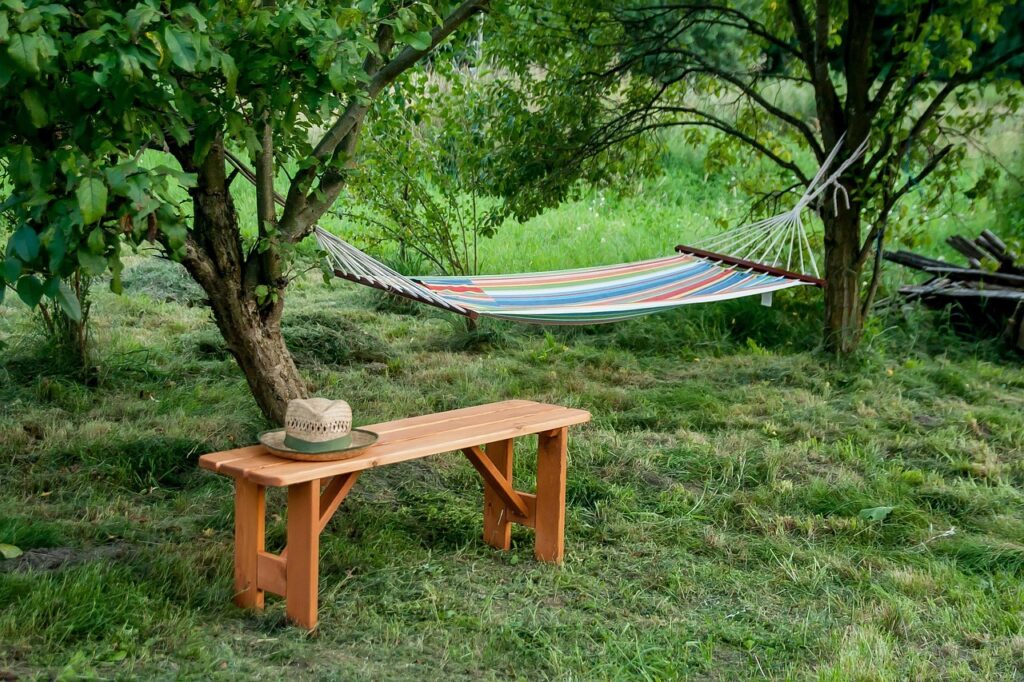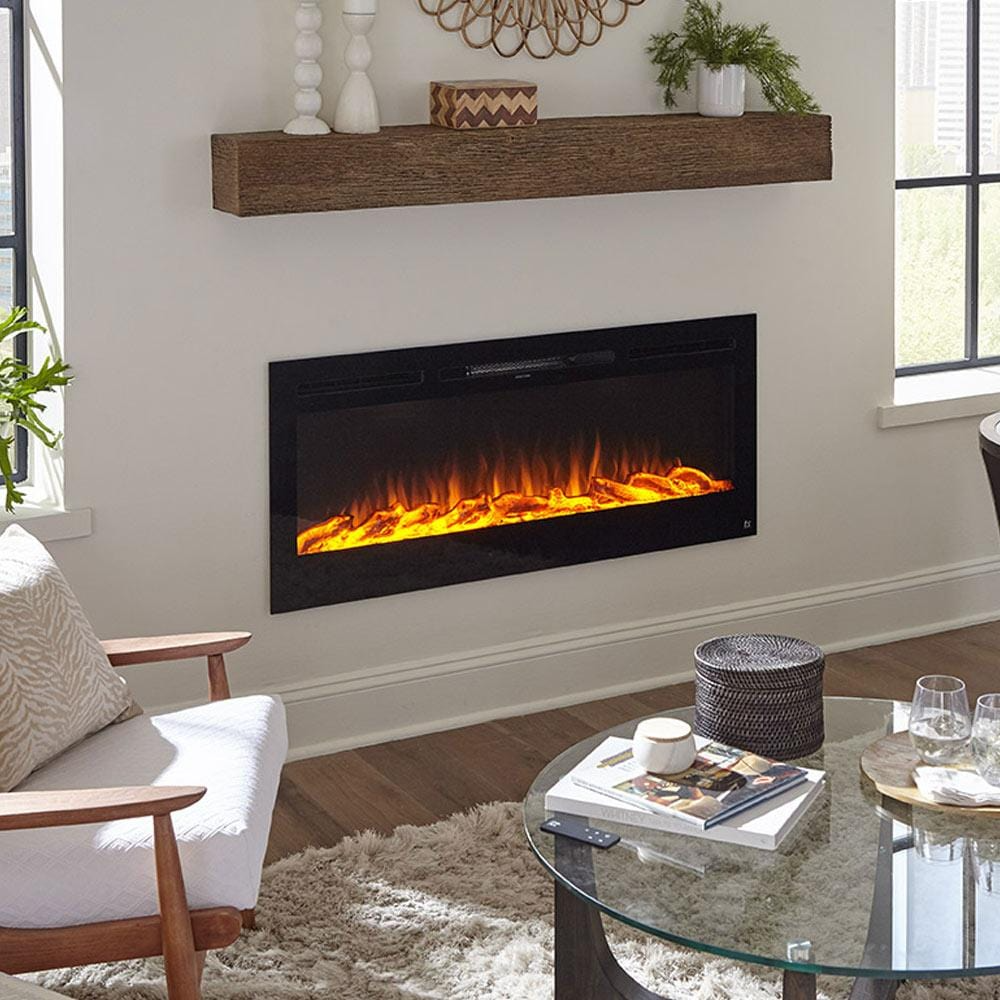Every April I drag our patio furniture out of the garage and promise myself I’ll keep the cushions spotless. Every August I’m staring at salsa splatters, mystery paw prints, and—my personal favorite—a faint outline of the neighbor kid’s popsicle stick. Two summers ago I almost tossed the whole lot and started over. Instead, I spent a Saturday experimenting with soaps, brushes, and sunshine until the cushions looked borderline showroom‑fresh. Below is the routine that finally stuck. It isn’t complicated, but the little details—the temperature of the rinse water, the way you angle the cushion to dry—make a surprising difference.
Feel free to tweak steps for your fabric or climate. The big idea is to work with your cushions instead of blasting them with the pressure washer and hoping for the best.
1. Read the Tag (Really)
Peek inside the zipper or along the seam. Most outdoor cushions list one of three fabric types:
- Solution‑dyed acrylic (Sunbrella is the celebrity brand).
- Polyester canvas (cheaper, fades faster).
- Olefin or polypropylene (lightweight, quick drying).
Why bother? Because acrylic can handle a capful of bleach if mildew is raging, while polyester turns blotchy under the same treatment. Five seconds with a tag can save you a fifty‑dollar mistake.

2. Shake, Whack, and Vacuum
Skip this and you’ll grind grit into the weave during scrubbing.
- Carry cushions to the lawn and give each one a good smack with your palm—dust clouds will fly.
- Lay them flat and vacuum both sides with the upholstery attachment.
- Pay extra attention to seams where pollen and spiderwebs hide.
My allergy‑prone brother can confirm: a thorough vacuum means fewer sneezes when we fire up the grill later.
3. Mix a Gentle Soap Bath
In a 5‑gallon bucket:
- 2 tablespoons of unscented dish soap (Dawn Free & Clear is my standby).
- 1 teaspoon of Borax for mildew prevention.
- 1 gallon of warm—not hot—water.
If the cushions stayed outside all winter and hosted a mold party, add ½ cup of regular household vinegar. It smells like salad dressing for an hour, then disappears.

4. Spot‑Treat the Ugly Stuff
I learned this the hard way: scrubbing everything uniformly makes you miss stubborn stains, which reappear ghost‑like a day later.
- Dip a soft‑bristle brush into the soap mix.
- Work the foam into individual stains—wine, bird droppings, sunscreen streaks.
- Let the soap sit for 10 minutes. Don’t rush; time does half the work.
For greasy barbecue splatter, dab a dot of blue Dawn directly on the spot first. It’s magic on tannin-heavy red wine too—shout‑out to last year’s sangria incident.
5. Full‑Body Wash
Lay the cushions on a sloped driveway or deck boards with gaps so water can drain.
- Using a larger soft brush or clean microfiber cloth, scrub in small circles from top down.
- Dip the brush often to keep suds fresh. Dirty water = streaks later.
Avoid stiff bristle garage brushes unless you’re washing marine‑grade vinyl. They can scuff the fabric surface and, weirdly, make it attract grime faster.
6. Rinse Until You’re Bored
A garden hose with a gentle spray nozzle works best. Too much pressure drives soap deeper into the foam. I aim for:
- One minute per side on chair cushions.
- Two minutes for chaise pads or anything thicker than three inches.
When runoff no longer shows tiny soap bubbles, you’re done. If you live on well water with a high mineral load, a final quick pass with distilled water (a pump sprayer works) can prevent hard‑water spots, but I rarely bother.
7. Squeegee and Blot
Outdoor foam holds more water than you think. Stand each cushion on its edge and press down with both palms to squeeze out excess. Then:
- Lay a clean beach towel over the surface, press again.
- Flip and repeat.
Yes, it feels silly, but the 60 seconds you spend blotting can shave three hours off the drying time and prevent that damp‑dog smell.
8. Sun and Shade Drying Combo
Direct sun bleaches colors, and full shade risks mildew. The sweet spot:
- Prop cushions vertically against a sunny wall for the first hour. UV light kills lingering bacteria.
- Move them to bright shade (under an umbrella or tree) until bone‑dry.
When drying on grass, I slide two scrap 1×2 boards underneath so air circulates on both sides. This trick also keeps damp fabric away from dirt and wandering beetles.
9. Mildew Hiding in the Zipper? Here’s the Fix
Outdoor zippers are like basements: dark and slightly damp. A quick preventive spray stops black dots before they spread.
- Mix 1 cup water + 1 tablespoon vinegar in a spray bottle.
- Mist the zipper tape and the seam line.
- Let it air dry completely.
No need for expensive specialty sprays unless you adore the smell of pineapple fragrance masking bleach.
10. Fabric Protection (Optional but Worth It)
After cushions are dry, treat them with a fabric guard spray—think Scotchgard Outdoor or Star brite. I usually do one heavy coat in spring and another after my mid‑season wash.
Pro tips:
- Spray outdoors on a windless day.
- Hold the can 6–8 inches from fabric; overlap passes.
- Let cure 24 hours before the next rain shower.
The result? Beads of water rolling off instead of soaking in, and stains clean up with a damp cloth.
11. Cushion Care Between Cleans
- Weekly: Quick lint-roller pass to snag pollen and pet hair.
- After parties: Spot wipe new spills with mild soap while they’re fresh.
- Rainy weeks: If cushions live outside full‑time, tilt them upright after storms so water drains from seams.
And yes, the simplest hack is storage. Even a $25 deck box from a hardware store extends life by two or three years.
12. What About the Washing Machine?
Removable covers tempt you to toss them in. Proceed carefully:
- Zip the covers closed to protect the zipper teeth.
- Cold water, gentle cycle, mild detergent.
- Skip the dryer; shrinkage is real.
Polyester blends can survive a low tumble if you pull them slightly damp and stretch over the foam, but acrylic prefers line‑drying.
13. Kids, Pets, and the Unpredictable
I once found tiny crayon doodles on our striped loveseat cushion. Rubbing alcohol on a cotton ball lifted the marks with minimal color loss. Milk spills? A spritz of enzyme‑based laundry pre‑treat, blot, repeat. Dog decided the cushion was her chew toy? Well, sometimes a trip to the fabric store and a staple gun become the next blog post.
Troubleshooting Cheat Sheet
| Problem | Likely Cause | Quick Fix |
|---|---|---|
| Musty odor after drying | Soap residue or incomplete drying | Rinse again; put in full sun 2 hrs |
| Yellow bleach spots | Used bleach on polyester | Dab fabric marker, vow to read tags |
| Water still pools on top | Foam saturated | Stand cushion vertically 24 hrs |
| Pollen stains | Scrubbing before rinsing | Soak stain, gentle brush, rinse again |
Trusted External How‑To Resources
- Sunbrella Care & Cleaning Guide – Detailed stain chart for acrylic fabrics.
- Texas A&M AgriLife – Mildew Prevention in Outdoor Fabrics – Explains why vinegar beats bleach for most cases.
Bookmark both for odd stains or regional mold issues.
Closing Thoughts
Cleaning patio cushions isn’t glamorous, but it’s wildly satisfying to watch muddy water flow away and bright colors return. The routine gets faster every time; now I can wash our four‑chair set plus a loveseat in under two hours, including iced‑tea breaks. The cushions feel softer, nobody sticks to sunscreen residue, and guests notice—my sister‑in‑law actually asked if we’d bought new furniture.
So pull on some old shorts, mix a bucket of suds, and give those neglected cushions your version of spa day. Your late‑summer barbecues—and future self next spring—will thank you.



